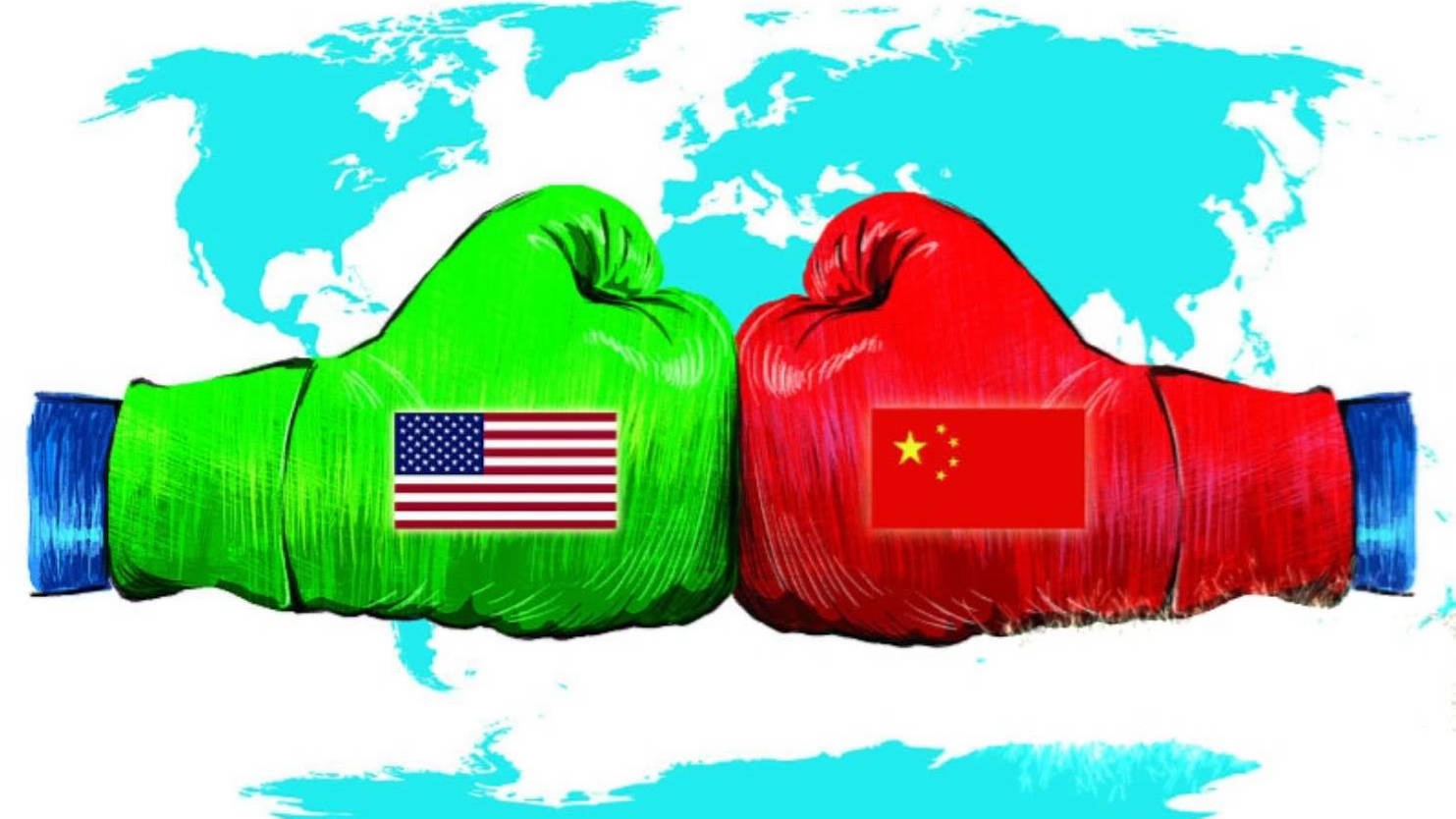
Opinions
07:38, 07-Apr-2018
Opinion: China should stand firm against Trump’s fire and fury
By CGTN's Wang Shanshan

US President Donald Trump has been surrounded by fire and fury, willingly or otherwise, since taking office. He is at constant war with the Cabinet, his White House advisers, lawmakers, business giants, the media, foreign countries, international organizations… to name a few, and the list could go on for a while. This time, he seems to be determined to aim at China in a trade conflict.
The tit-for-tat actions began in March with Trump initiating a process to impose tariffs on steel and aluminum imports, exempting most major countries except for China. The standoff reached a peak so far this week, with the United States on Tuesday announcing a proposed list of products subject to additional tariffs, covering Chinese exports worth some 50 billion US dollars with a suggested tariff of 25 percent.
In less than 11 hours, China’s response came, with a list of 106 products under 14 categories imported from the United States worth 50 billion US dollars that will be subject to additional tariffs of 25 percent.

China has made full preparations and will fight back if the US imposes 100 billion US dollars worth of additional tariffs on Chinese imports, said Gao Feng, spokesperson for the Chinese Ministry of Commerce at a press conference, April 6, 2018. / Xinhua Photo
China has made full preparations and will fight back if the US imposes 100 billion US dollars worth of additional tariffs on Chinese imports, said Gao Feng, spokesperson for the Chinese Ministry of Commerce at a press conference, April 6, 2018. / Xinhua Photo
No time for a break. The US president said Thursday that he had asked his trade representative to consider 100 billion US dollars of additional tariffs on Chinese products. And China responded with the announcement of the readiness to fight "at any cost" and take "comprehensive countermeasures" by its Ministry of Commerce and Ministry of Foreign Affairs.
All these actions have happened at a dizzying pace which goes beyond the assumption of most observers. The scale and speed of the intended punishments have escalated the trade conflict to one rarely seen in the world history.
But wait a second. 100 billion US dollars of additional tariffs, is that a joke? Even the Trump administration could not be sure about that. A spokeswoman for US Trade Representative Robert Lighthizer later clarified that they would consider tariffs against 100 billion US dollars in goods, not 100 billion US dollars in actual tariffs. It seems that the mechanism in the White House is the big boss giving a random command at his will and leaving the team scrambling in confusion to figure it out.
But before the US side could sort it out, China is clear about what to do. It is not patient to just “listen and observe,” as some international observers assume. It’s poised to act. What will China do with someone who is often amid fire and fury, portrayed by the TIME magazine as “deliberately provocative,” and who “has made a habit of using explosive social-media posts to pick fights that stir his supporters, rile his opponents and divert the public’s attention?"
There is only one choice for China – to fire back as well. The country has made clear on many occasions that it doesn’t want a trade war, but if forced into one, it will fight to the end, as an old saying goes, “an eye for an eye and a tooth for a tooth,” if not double the size.

Audience members listen as US President Donald Trump speaks during a roundtable discussion on tax reform, at White Sulphur Springs Civic Center in White Sulphur Springs, West Virginia, April 5, 2018. /VCG Photo.
Audience members listen as US President Donald Trump speaks during a roundtable discussion on tax reform, at White Sulphur Springs Civic Center in White Sulphur Springs, West Virginia, April 5, 2018. /VCG Photo.
Trade threats might be an effective weapon to wield against some countries, but they don't work when they're coming up against China, the world's second largest economy. Trade relations are not gambling, nor Texas Hold 'Em. They embody the complex interplay between economic resources, industry capabilities, trade policies, and frameworks and mechanisms, each of which have their own long history of development.
The US president declares that he won’t back down until the gap between US imports from China and its exports to China is dramatically narrowed. China won’t back down if the US doesn’t stop picking it as a target of trade sanctions unilaterally and despising international trade rules and mechanisms.
China doesn’t want to see jobs lost at home, nor hundreds of thousands of jobs in soybeans, cars and airplanes deleted in the United States. China doesn’t want to see financial markets on both sides of the Pacific wobble as investors panic. China doesn’t want consumers in both countries and around world hurt badly.
Trade wars don’t proceed as expected; and they don't produce desirable results for the one who provokes them, as proven many times by history. China and the rest of the world would love to see the vehicle pulled back from cliff. After all, there is a 60-day window, if the two sides apply wisdom and find a way out.
(Wang Shanshan is a current affairs commentator at CGTN and former Washington bureau chief of China Radio International (CRI), with 10 years of research on China-US relations.)

SITEMAP
Copyright © 2018 CGTN. Beijing ICP prepared NO.16065310-3
Copyright © 2018 CGTN. Beijing ICP prepared NO.16065310-3